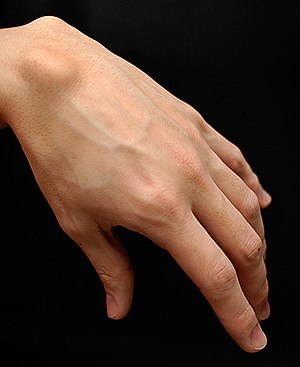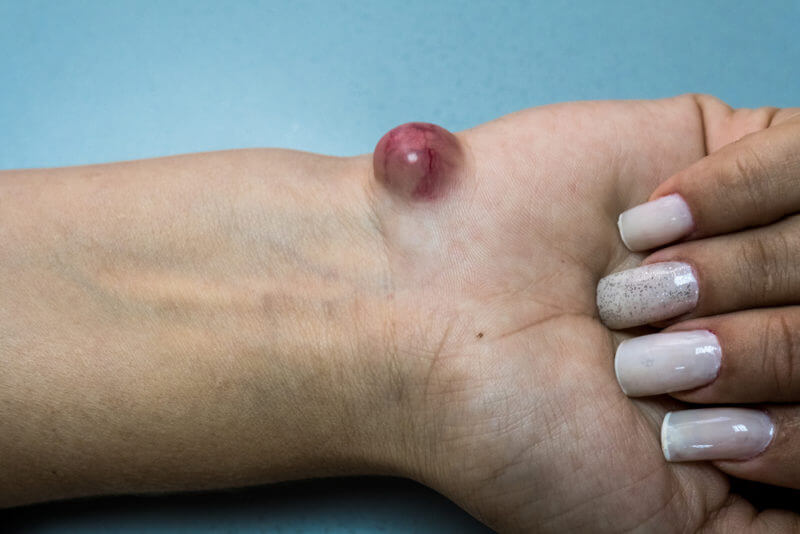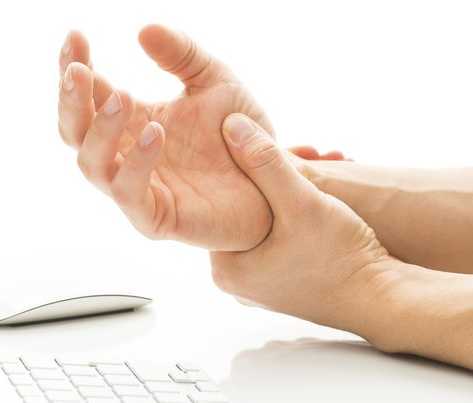Do you require any assistance? Simply reserve your appointment online below
Ganglion Cyst of the hand and the Wrist
State -of- the -Art care for hand and wrist
Ganglion cysts are noncancerous lumps that most commonly develop along the tendons or joints of your wrists or hands. They also may occur in the ankles and feet. Ganglion cysts are typically round or oval and are filled with a jellylike fluid.
Small ganglion cysts can be pea-sized, while larger ones can be around an inch (2.5 centimeters) in diameter. Ganglion cysts can be painful if they press on a nearby nerve. Their location can sometimes interfere with joint movement.
If your ganglion cyst is causing you problems, your doctor may suggest trying to drain the cyst with a needle. Removing the cyst surgically also is an option. But if you have no symptoms, no treatment is necessary. In many cases, the Ganglion cysts go away on their own.

Signs and symptoms of Ganglion Cysts

The lumps associated with ganglion cysts can be characterized by:
- Location. Ganglion cysts most commonly develop along the tendons or joints of your wrists or hands. The next most common locations are the ankles and feet. These cysts can occur near other joints as well.
- Shape and size. Ganglion cysts are round or oval and usually measure less than an inch (2.5 centimeters) in diameter. Some are so small that they can’t be felt. The size of a cyst can fluctuate, often getting larger when you use that joint for repetitive motions.
Pain. Ganglion cysts usually are painless. But if a cyst presses on a nerve — even if the cyst is too small to form a noticeable lump — it can cause pain, tingling, numbness or muscle weakness.
Causes of Ganglion Cysts
It is not known what triggers the formation of a ganglion. They are most common in younger people between the ages of 15 and 40 years, and women are more likely to be affected than men. These cysts are also common among gymnasts, who repeatedly apply stress to the wrist.
Ganglion cysts that develop at the end joint of a finger — also known as mucous cysts — are typically associated with arthritis in the finger joint, and are more common in women between the ages of 40 and 70 years.
Risk factors of developing Ganglion Cysts
Factors that may increase your risk of ganglion cysts include:
- Your sex and age. Ganglion cysts can develop in anyone, but they most commonly occur in women between the ages of 20 and 40.
- Osteoarthritis. People who have wear-and-tear arthritis in the finger joints closest to their fingernails are at higher risk of developing ganglion cysts near those joints.
- Joint or tendon injury. Joints or tendons that have been injured in the past are more likely to develop ganglion cysts.

Comprehensive treatment of Ganglion Cysts

Initial treatment of a ganglion cyst is not surgical.
Observation. Because the ganglion is not cancerous and may disappear in time, if you do not have symptoms, your doctor may recommend just waiting and watching to make sure that no unusual changes occur.
Immobilization. Activity often causes the ganglion to increase in size and also increases pressure on nerves, causing pain. A wrist brace or splint may relieve symptoms and cause the ganglion to decrease in size. As pain decreases, your doctor may prescribe exercises to strengthen the wrist and improve range of motion.
Aspiration. If the ganglion causes a great deal of pain or severely limits activities, the fluid may be drained from it. This procedure is called an aspiration.
The area around the ganglion cyst is numbed and the cyst is punctured with a needle so that the fluid can be withdrawn.
Aspiration frequently fails to eliminate the ganglion because the “root” or connection to the joint or tendon sheath is not removed. A ganglion can be like a weed which will grow back if the root is not removed. In many cases, the ganglion cyst returns after an aspiration procedure.
Aspiration procedures are most frequently recommended for ganglions located on the top of the wrist.

You are in Great Hands
Surgical Treatment of Ganglion Cysts?
Your doctor may recommend surgery if your symptoms are not relieved by nonsurgical methods, or if the ganglion returns after aspiration. The procedure to remove a ganglion cyst is called an excision.

Surgery involves removing the cyst as well as part of the involved joint capsule or tendon sheath, which is considered the root of the ganglion. Even after excision, there is a small chance the ganglion will return.
Excision is typically an outpatient procedure and patients are able to go home after a period of observation in the recovery area.
There may be some tenderness, discomfort, and swelling after surgery. Normal activities usually may be resumed 2 to 6 weeks after surgery.
